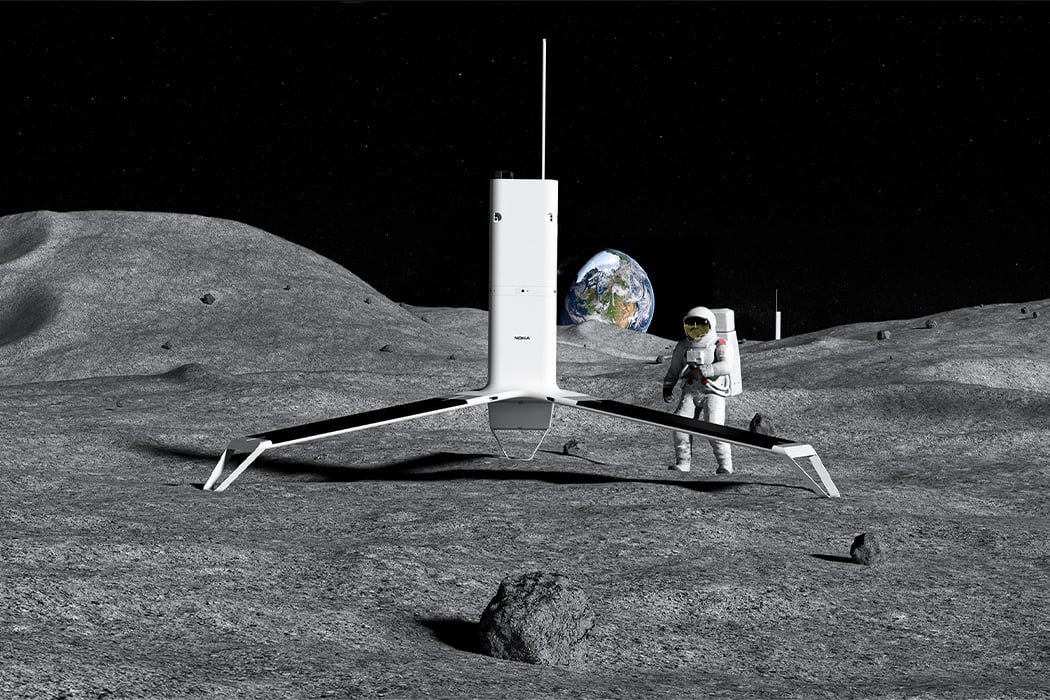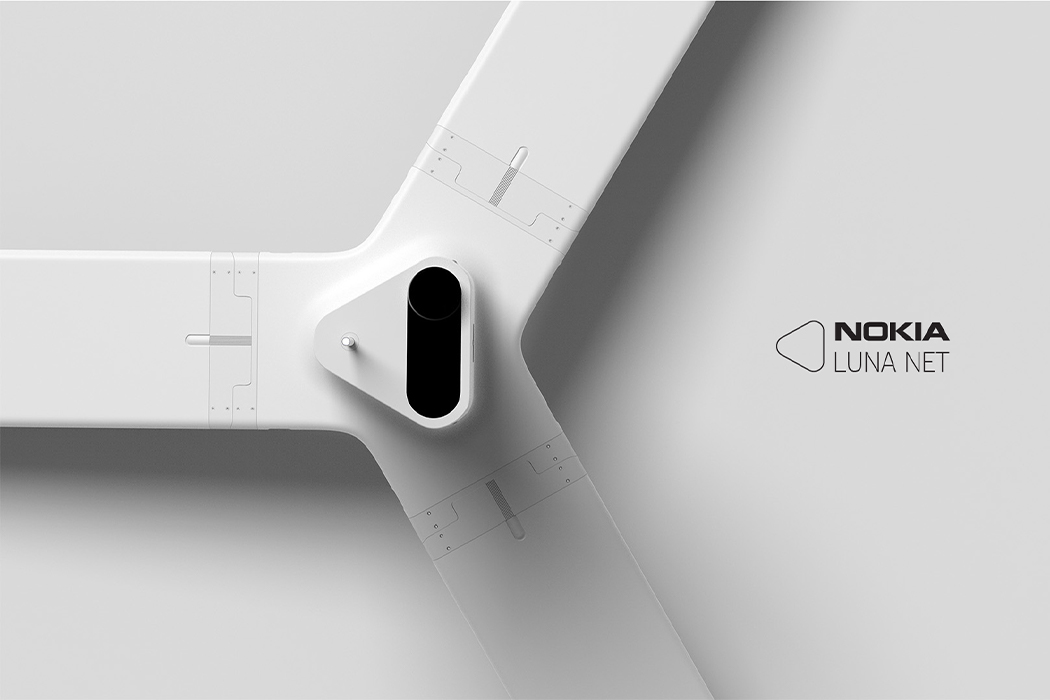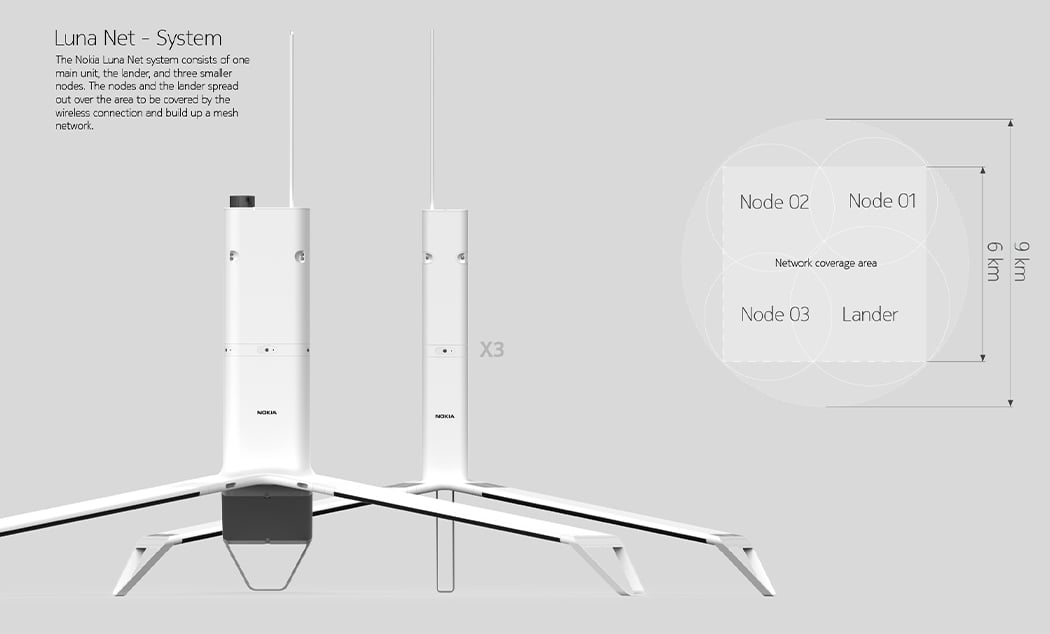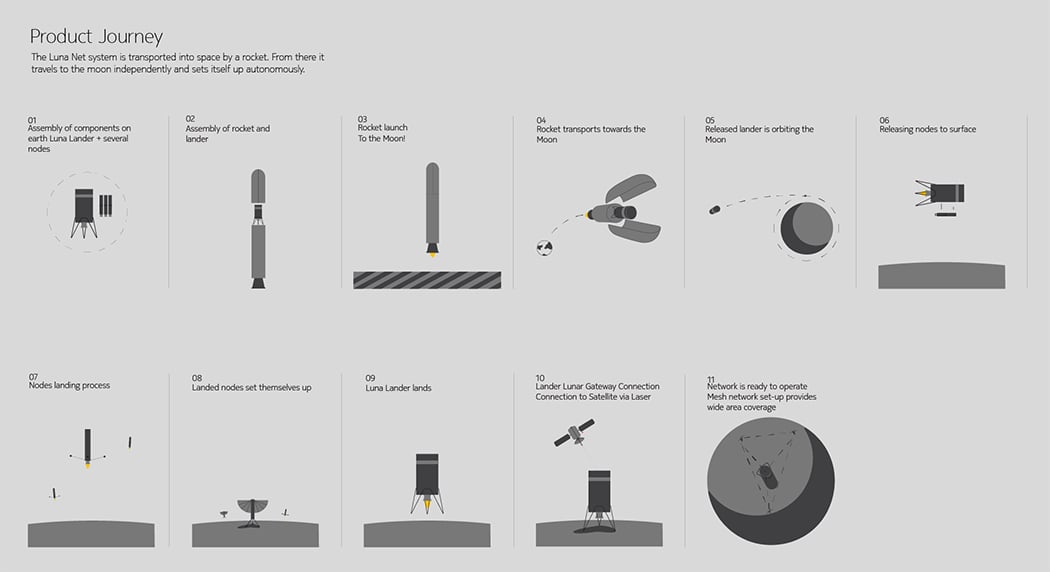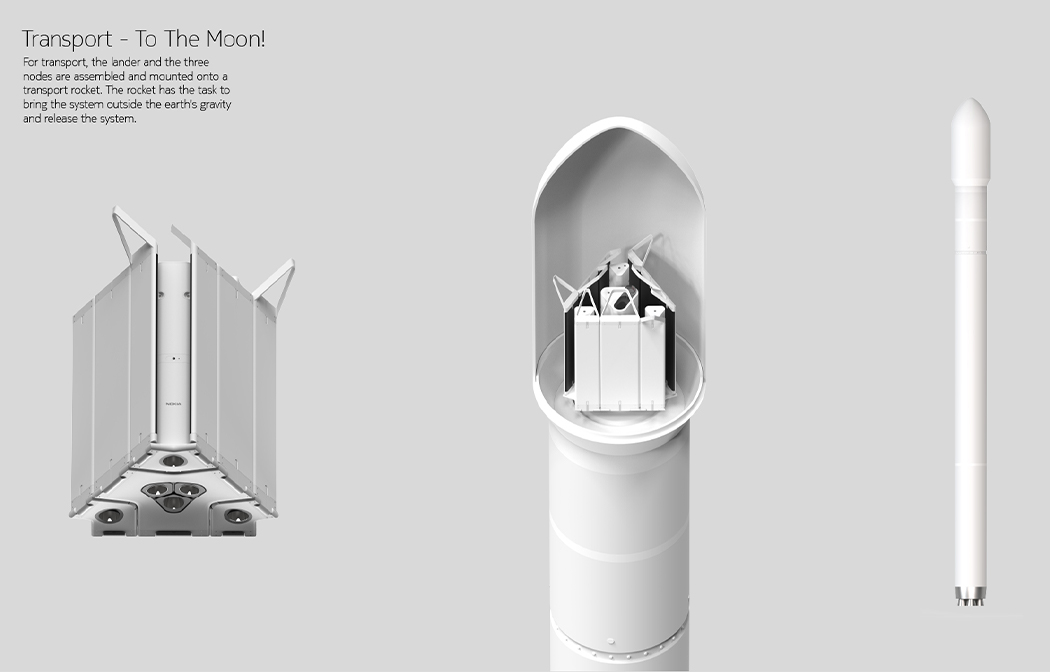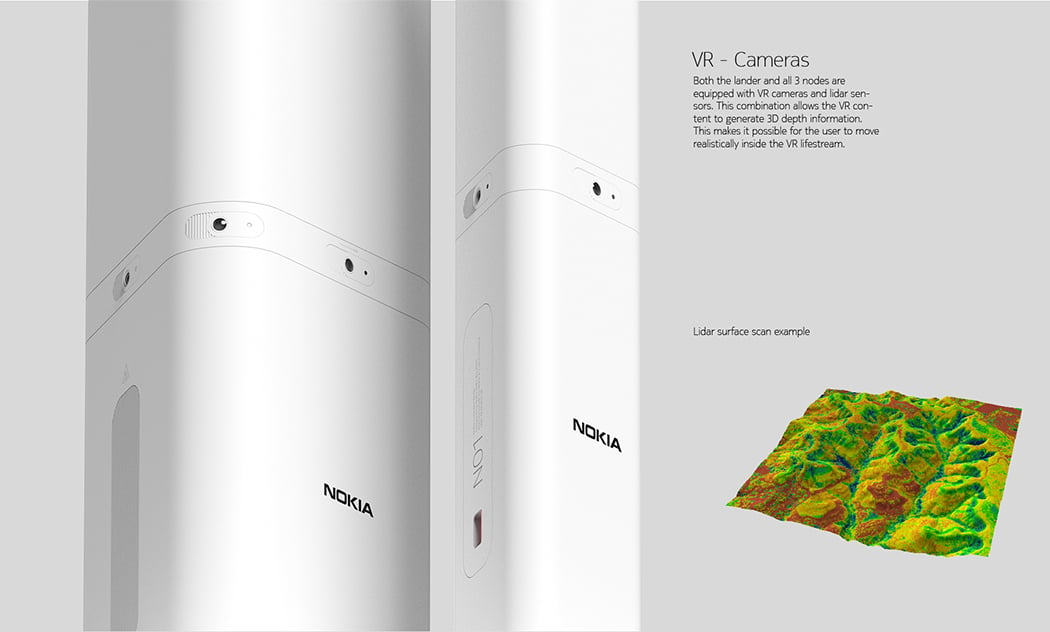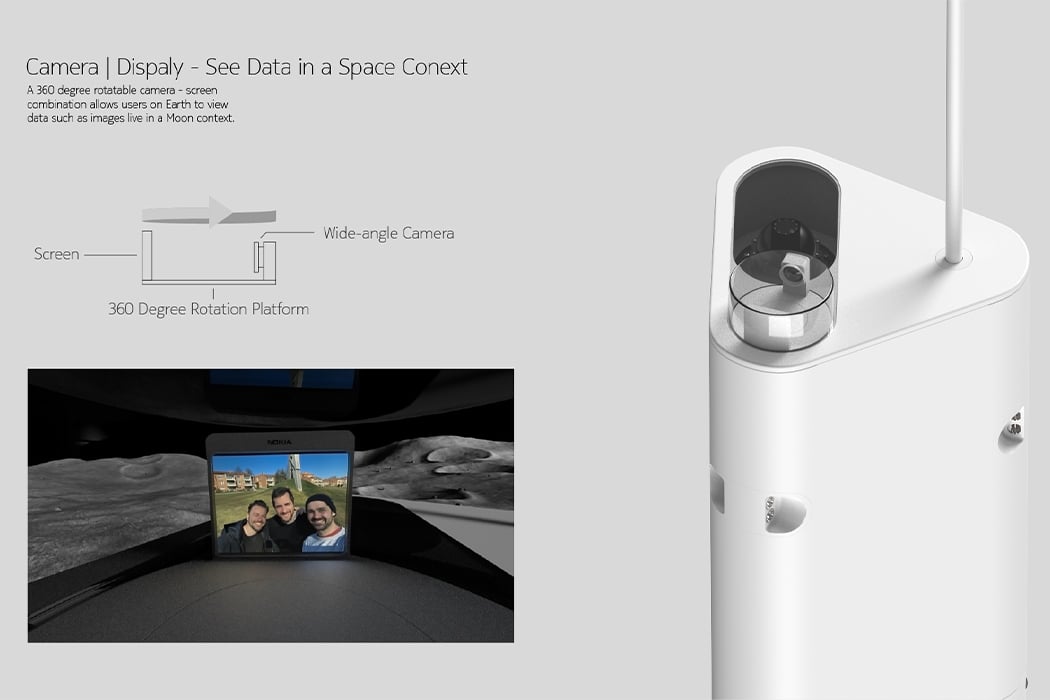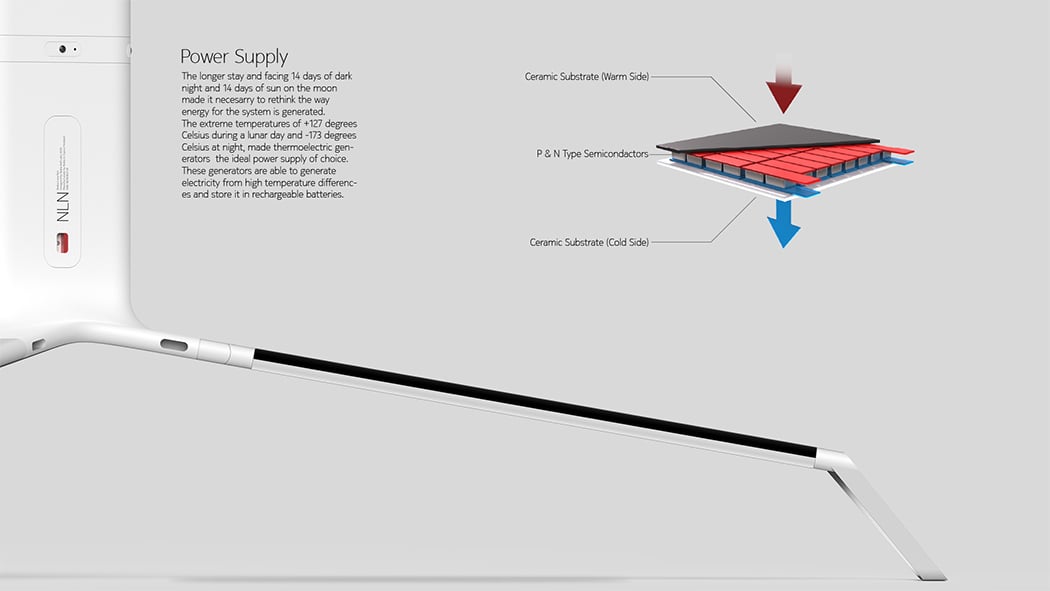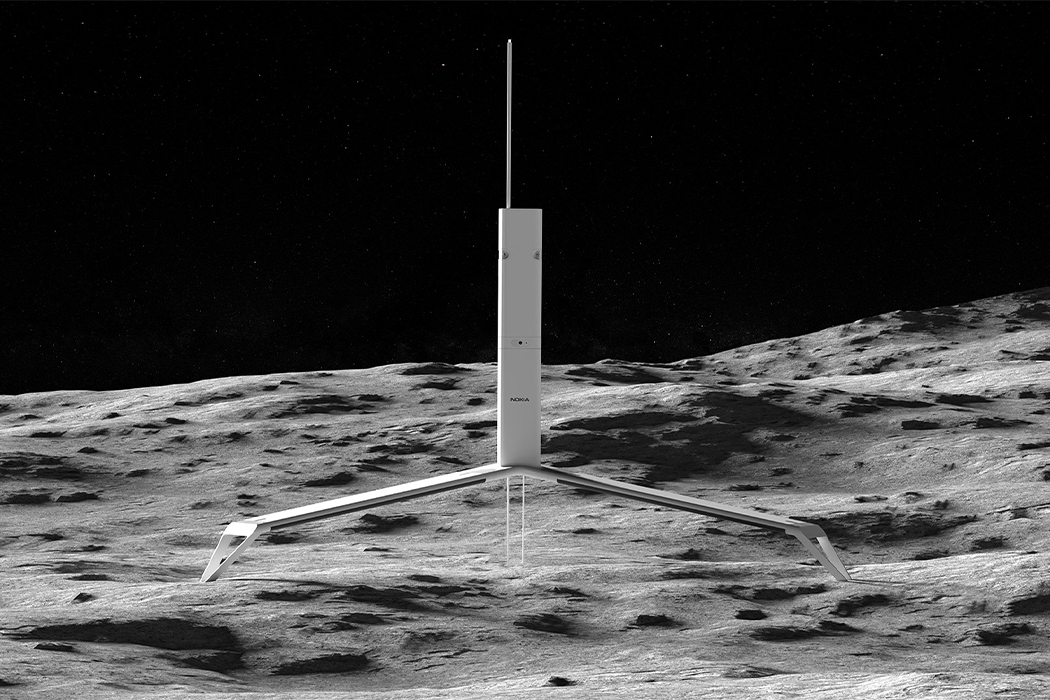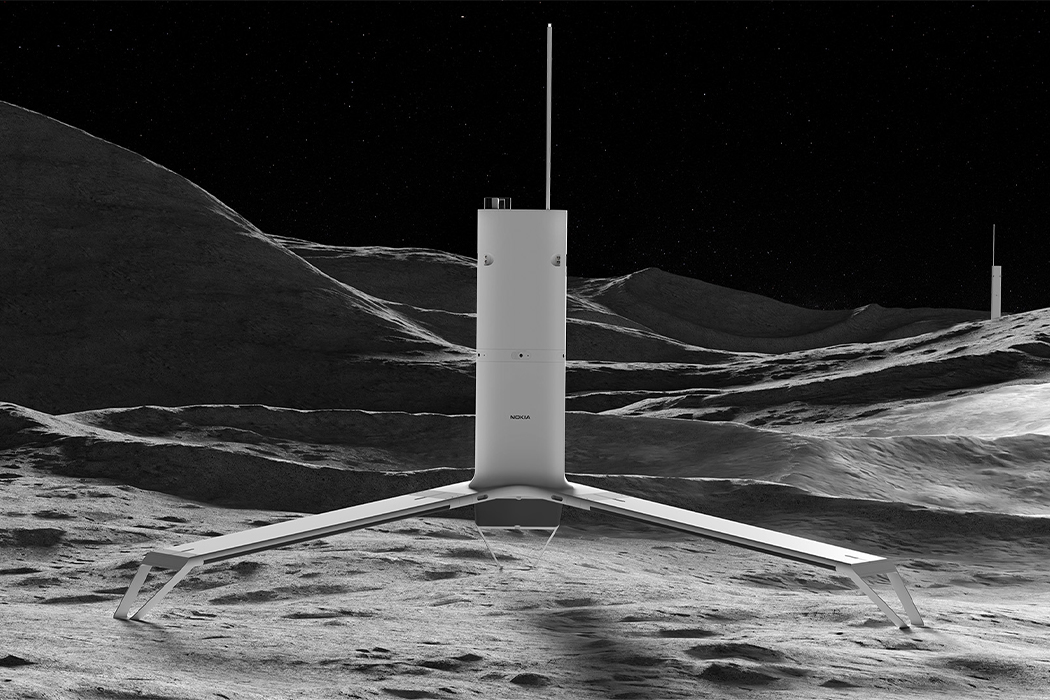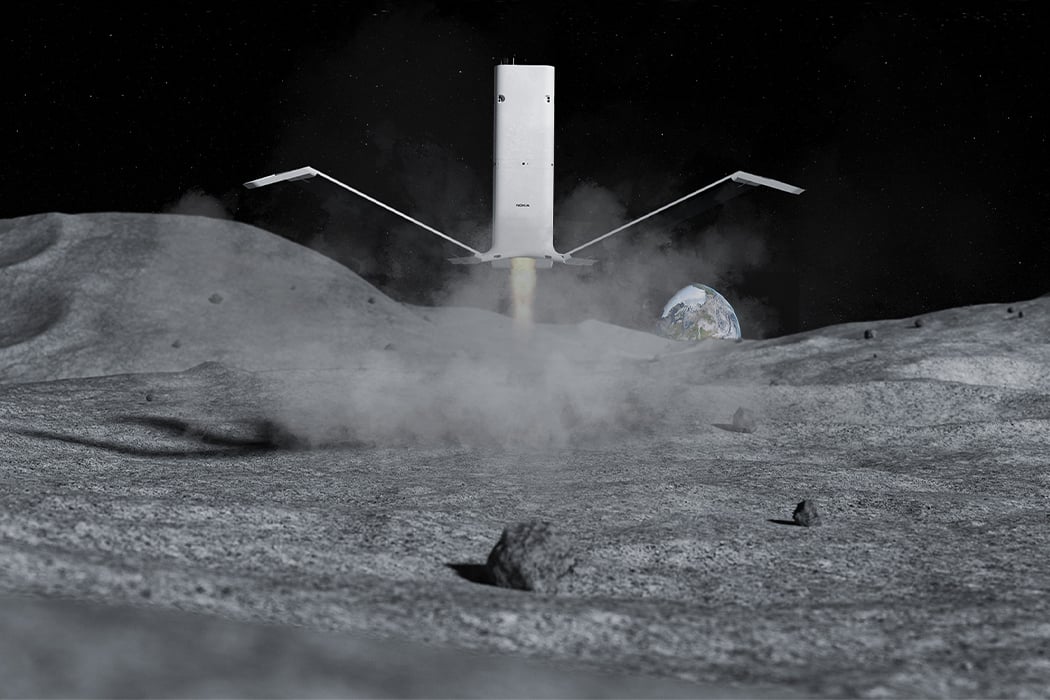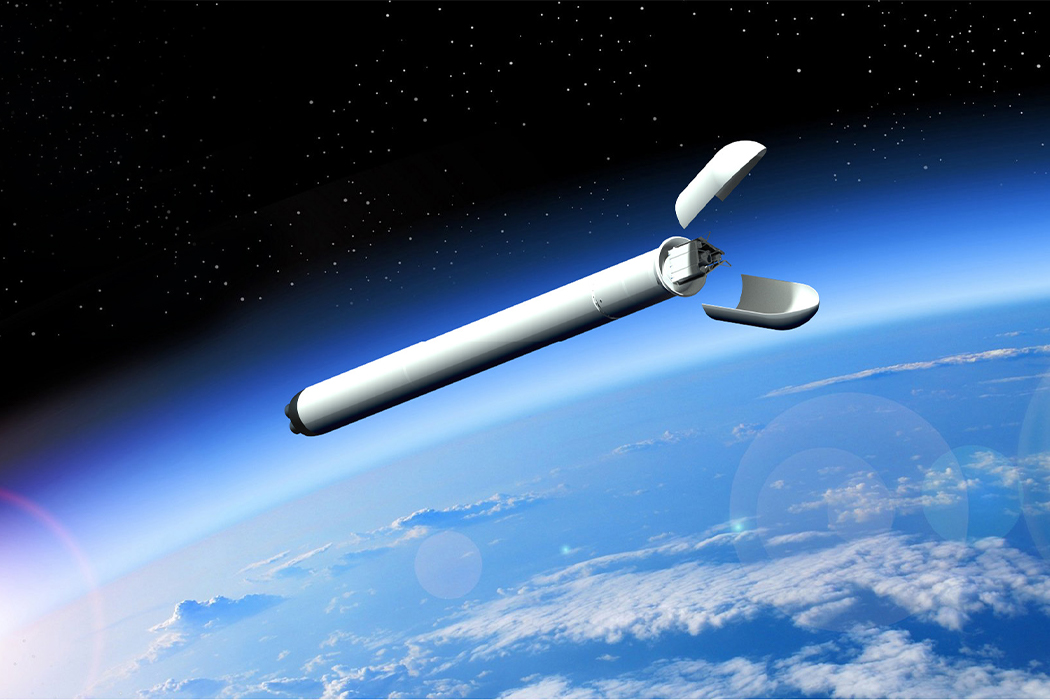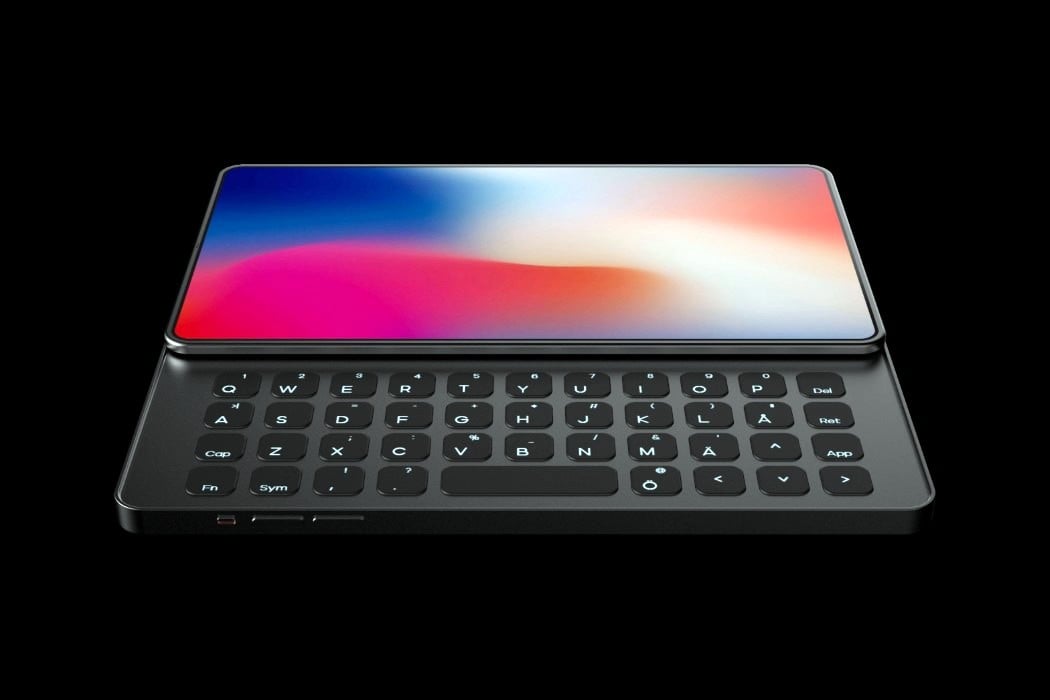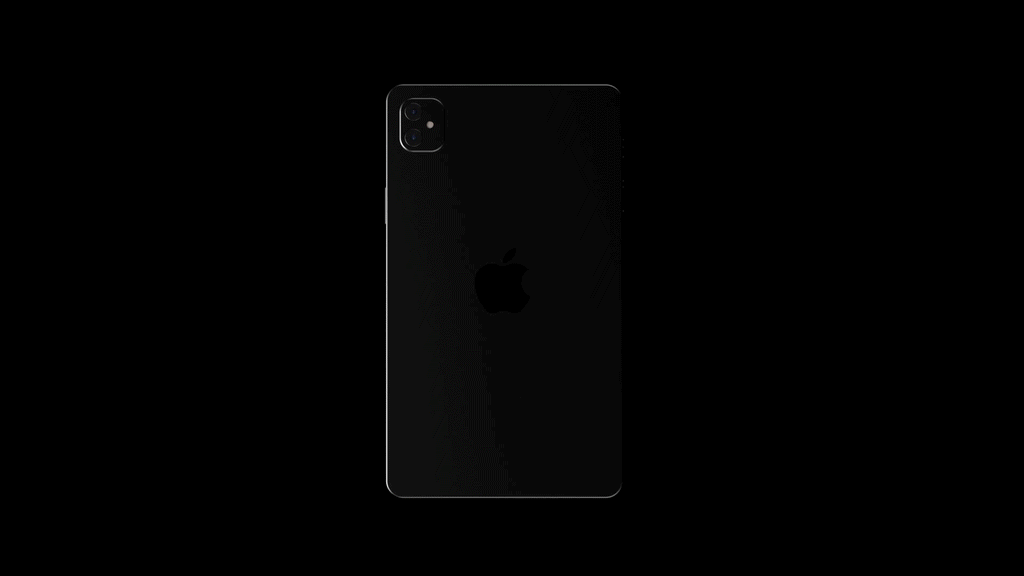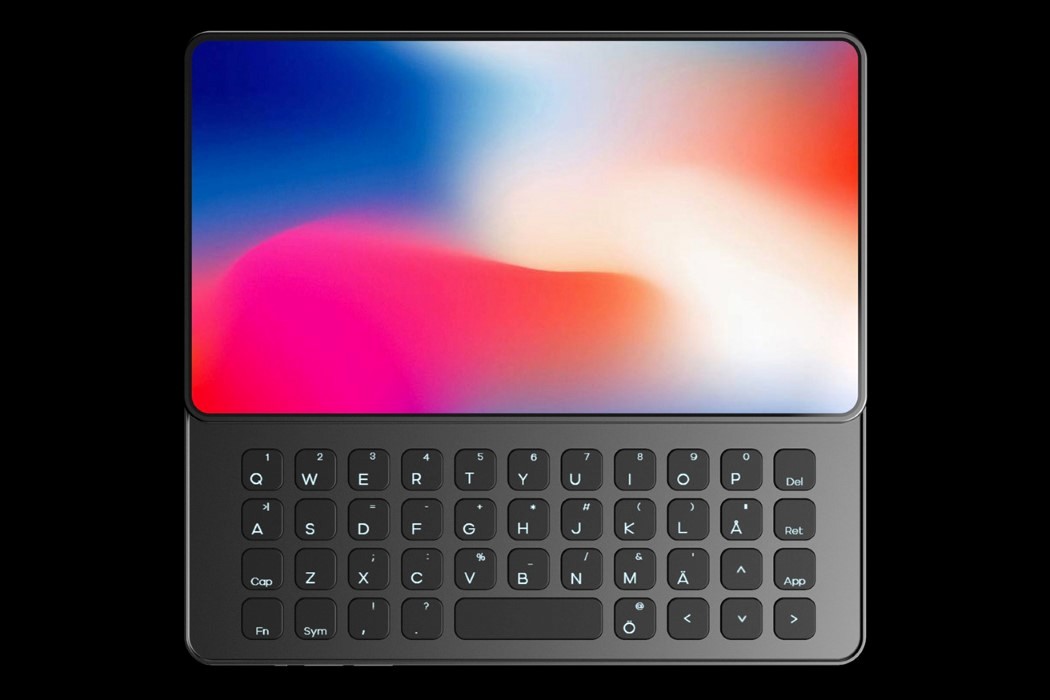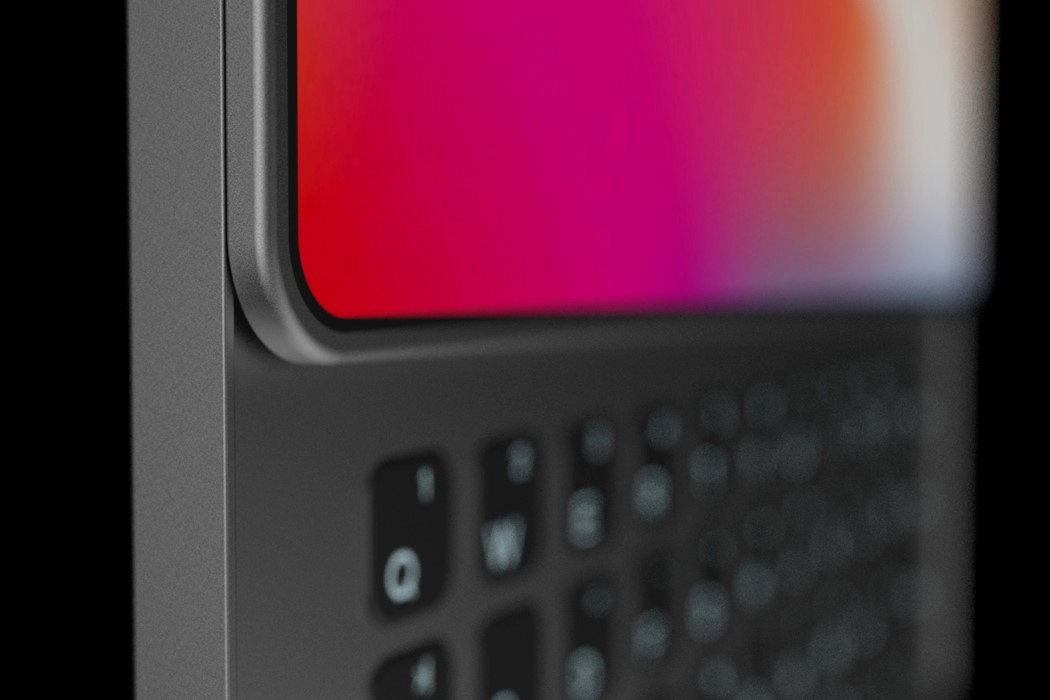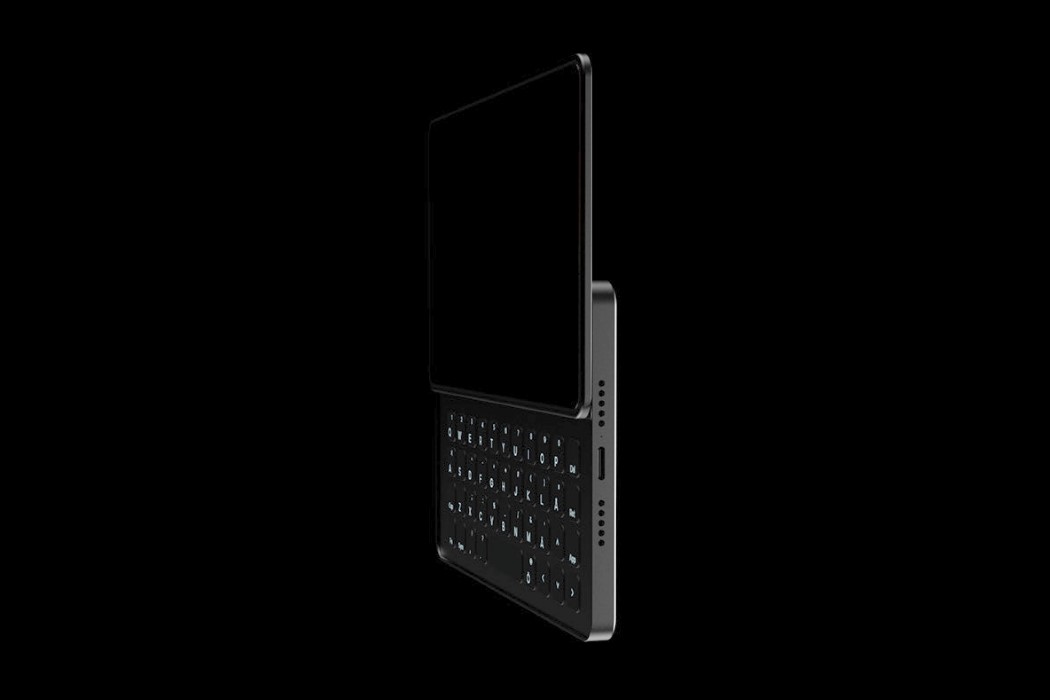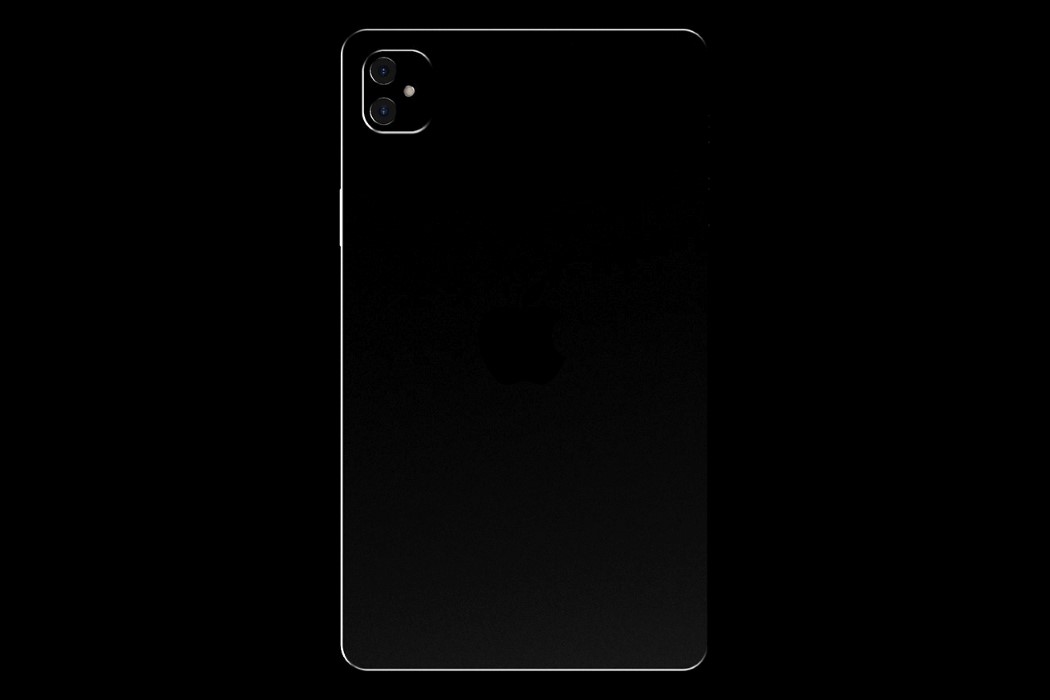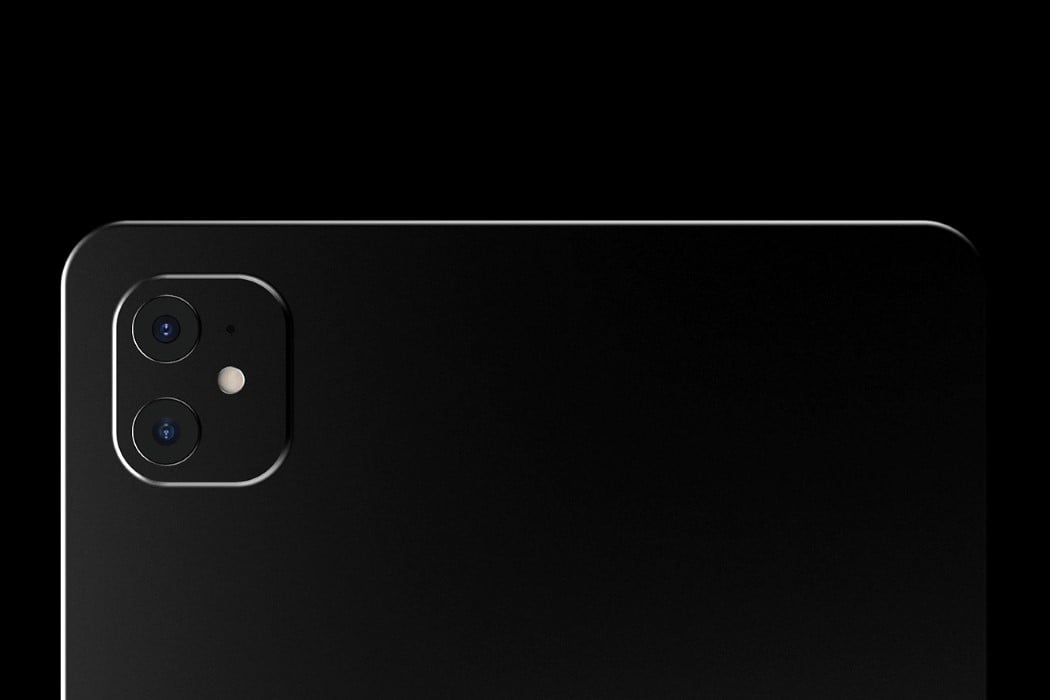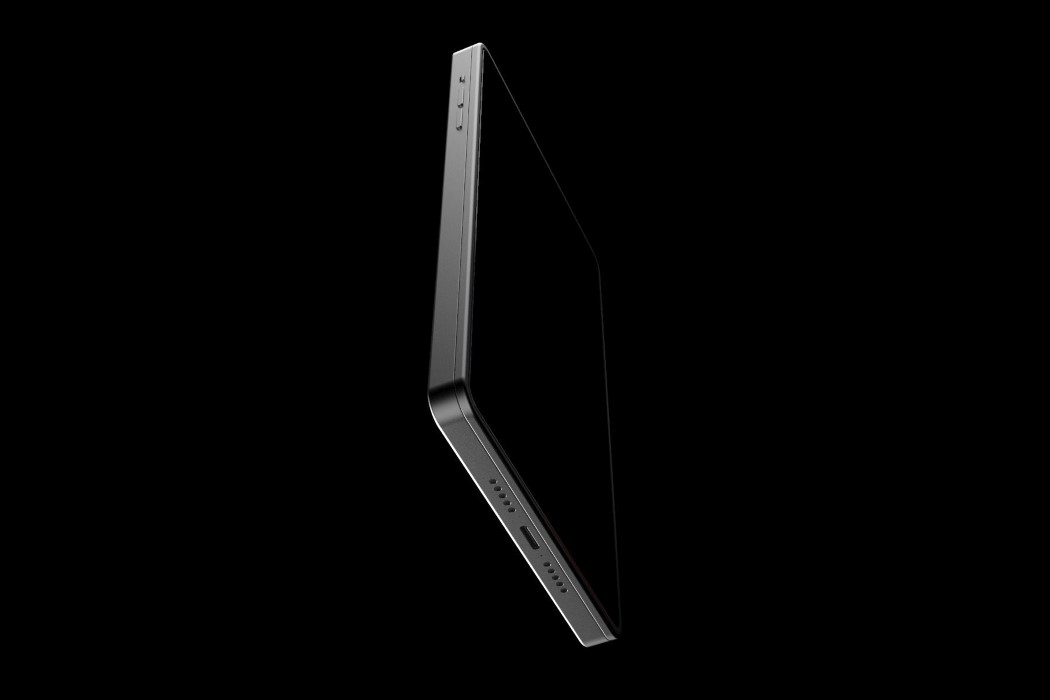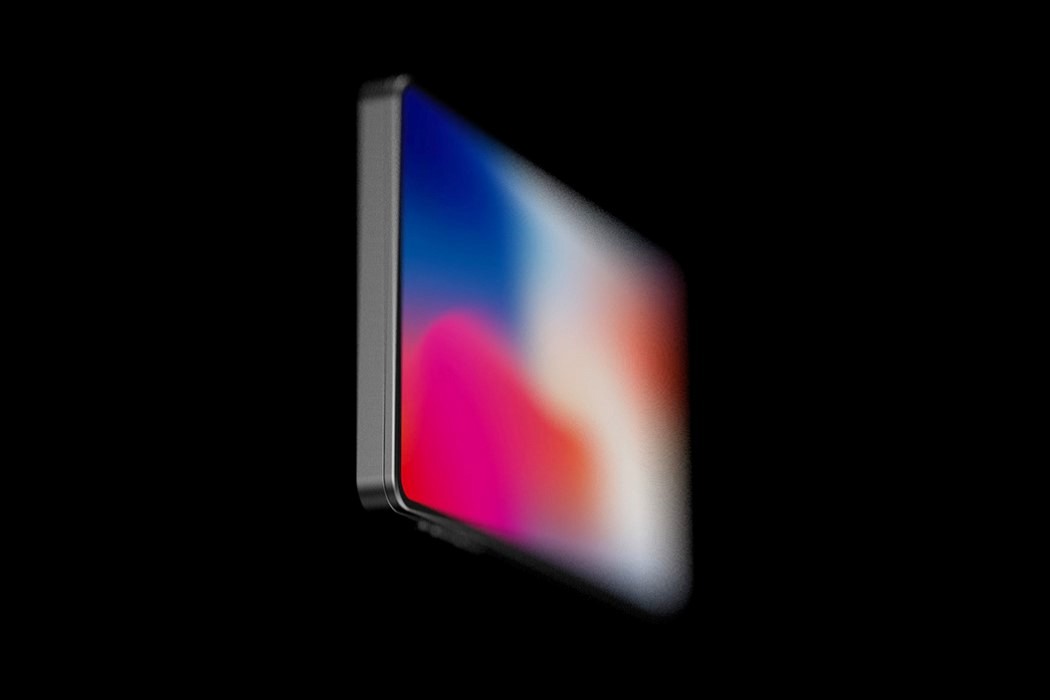Dear reader, it was my childhood dream to be an astronaut but I wear glasses and that was enough to disqualify me so I instead started to read, write, listen, watch everything space as an attempt to fill the vacuum of a crushed dream -yes, like the vacuum in space. Do what you will with that fun fact about me but, as a kid with a vivid imagination who was obsessed with space travel, the first thing that always came to mind was “how will I call my friends and family back home?” And now with NASA’s Artemis Program in motion to bring humans back on the Moon by 2024, that question has grown up into “what equipment do we need to make faster contact with Earth?” Enter Nokia Luna Net – a smart communication system!
NASA is cooperating with external companies to build the needed equipment for this mission. For this design, Nokia was kept in mind as the partner building the first-ever Moon internet solution which is scheduled to launch in 2022. It consists of one main unit, the lander, and three smaller nodes. The lander and nodes spread out over a specific area that will have the wireless connection and thus build a mesh communication network. The system will be transported via a rocket after which it will reach the moon independently. Luna Net is autonomous and therefore it can set itself up – now only if my Earth WiFi did that too. Thermogenerators will be used for the power supply as they can deal with the extreme temperatures and the long days/nights on the moon. These generators are able to produce electricity from drastic temperature differences (+172 degrees Celcius during the day and -123 degrees Celcius during the night) and store it in rechargeable batteries.
The lander and the nodes are all equipped with VR cameras and LiDAR sensors (Light Detection and Ranging sensors are a remote sensing method used to examine surfaces). This combination allows the system to generate 3D content with detail and depth which gives us a much more realistic understanding of the situation/information. It also has a 360-degree camera and screen set up which lets users on Earth see live images/data from the moon. Rieder explores the design beyond just hardware, the next generation of lunar surface communication should look into how people on Earth can experience and learn about space in a new way even if they don’t get the chance to go up in space…I am sure I am not alone, on this planet or in galaxies far far away.
Designer: Johannes Rieder
